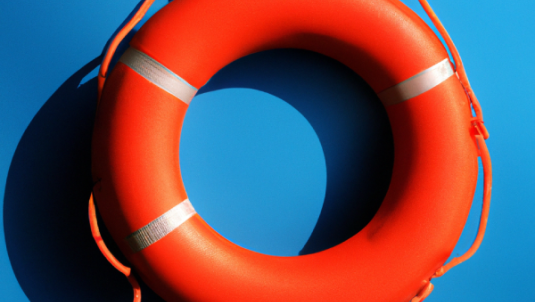
Water Safety Ireland is cautioning people not to underestimate the dangers of swimming in cold water. The caution comes as air temperatures rise however water temperatures are still cold. Swimming in cold water can result in the rapid cooling of muscles needed to swim and stay afloat. Swim within your depth, swim briefly and be mindful that any cooling of the muscles can make it more difficult to swim safely.
Advice to reduce your drowning risk:
1. Swim within your depth, stay within your depth and enter the water slowly to acclimatize as sudden immersion in cold water can result in “cold shock” which can lead to deep gasping, uncontrollable rapid breathing and panic.
2. Swim at Lifeguarded waterways this weekend – locations at https://watersafety.ie/lifeguards/.
3. If you cannot get to a lifeguarded waterway, swim in areas that are traditionally known to be safe and have ringbuoys available for rescues.
4. Never use inflatable toys in open water as they can be swept away by currents and offshore breezes.
5. Children require close, uninterrupted, adult supervision at all times near water.
6. Swim within your depth and stay within your depth. Make sure that the edges are shallow shelving so that you can safely and easily enter and exit the water.
7. To escape a rip current, swim parallel to the shore and then swim back ashore. See www.watersafety.ie/rip-currents/
8. Never swim in quarries or reservoirs.
9. Alcohol is a factor in one third of drownings – never mix alcohol with water activities.
10. Beware of stranding by incoming tides. Carry a charged phone at all times and in an emergency, call 112 and ask for the Coast Guard.
11. Always wear a correctly fitting lifejacket when boating and have a means of communication in a waterproof pouch. 1.
If you see somebody in trouble in the water: SHOUT – REACH – THROW
a. SHOUT to calm, encourage and orientate them;
b. REACH with anything that prevents you from entering the water (clothing/stick);
c. THROW a ringbuoy or any floating object to them.
Know The Lifeguard Flags:
No Lifeguard flag means that there is no Lifeguard on duty.
A red flag means that a Lifeguard is on duty but has deemed conditions to be too unsafe to swim. The red and yellow flags mean a Lifeguard is on duty and the Lifeguard is patrolling between those flags.
Visit www.watersafety.ie for more information.
Media Enquiries to: Water Safety Ireland, The Long Walk, Galway. info@watersafety.ie / www.watersafety.ie; Tel: 091- 564400
Joanne Walsh 087-199.0339 / joannewalsh@watersafety.ie
Roger Sweeney 087-678.9601 / rogersweeney@watersafety.ie
Padraig Judge 087-459.0156 / padraigjudge@watersafety.ie
| Attachment | Size |
|---|---|
| 125.8 KB |


